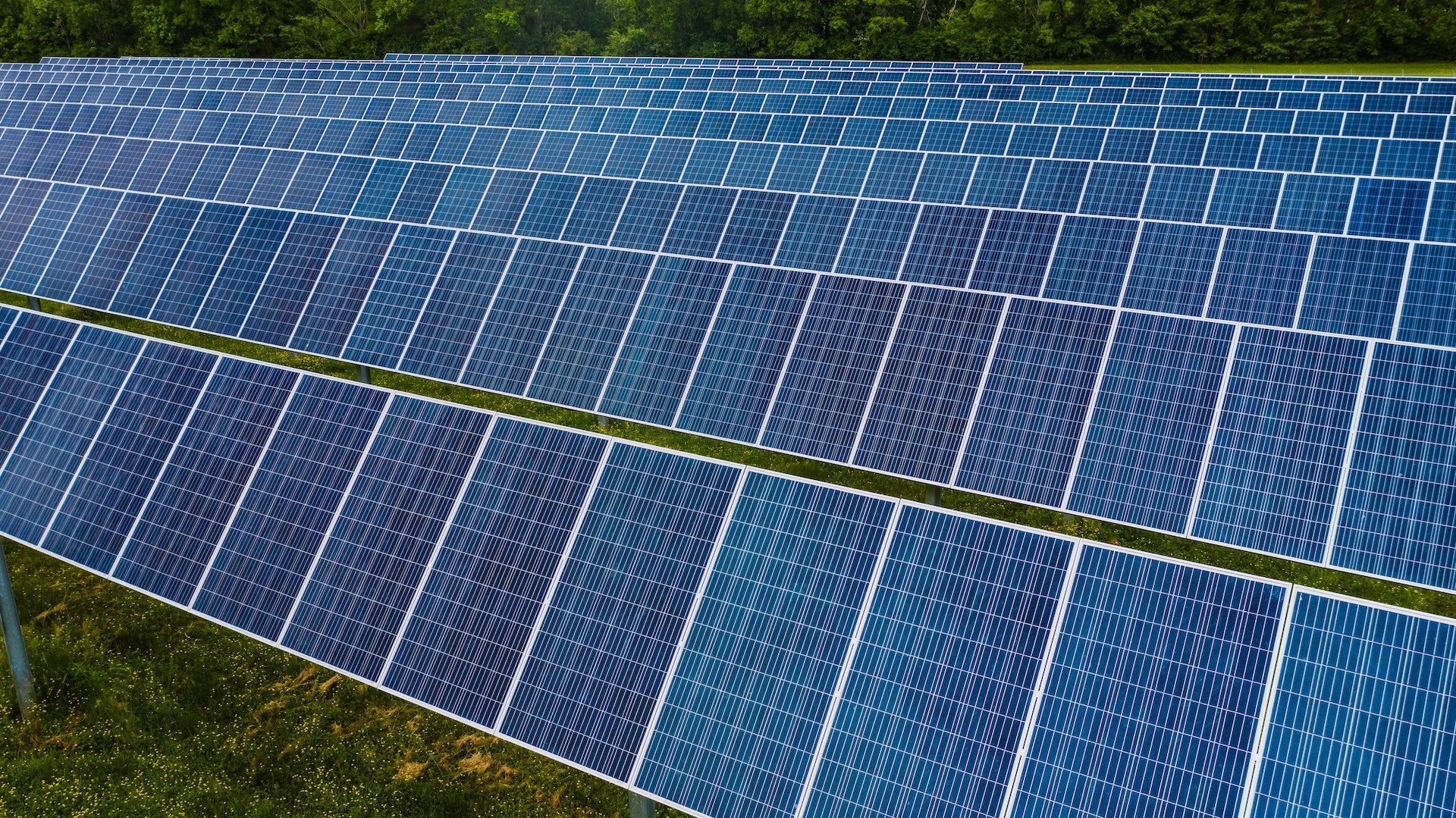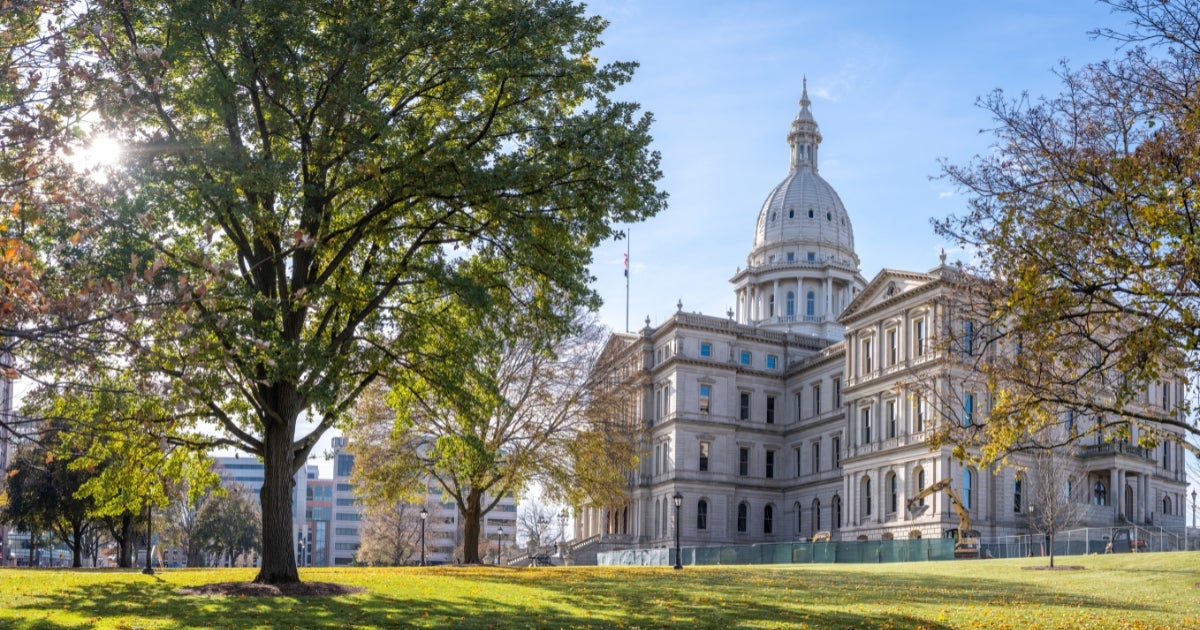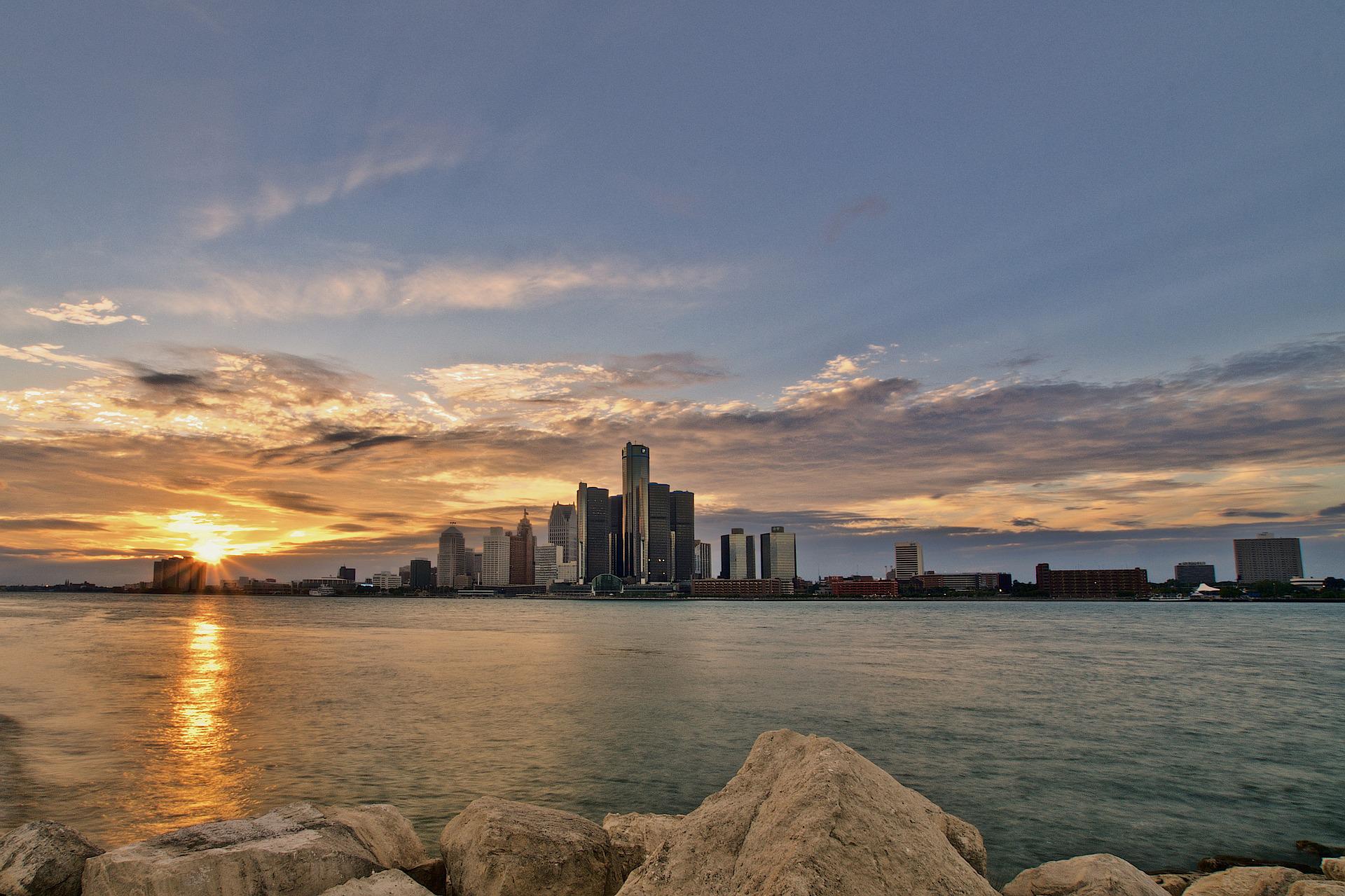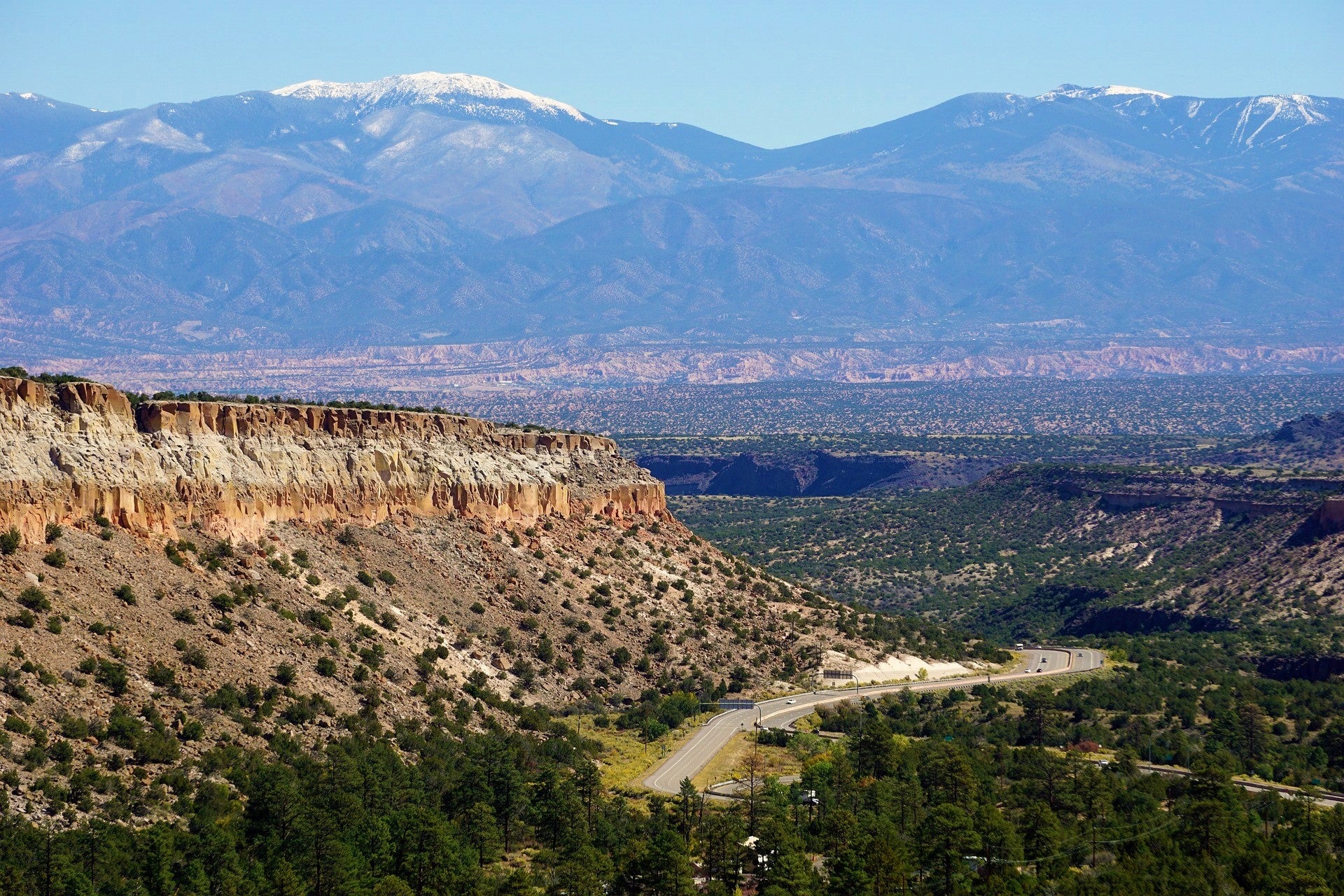This blog was co-authored with William Barber III, Founder and CEO at Rural Beacon Initiative.

Photo credit: Pexels.
With the recent passage of the Inflation Reduction Act elevating the importance of state implementation of climate action, North Carolina is well-positioned to make critical progress to reduce climate-warming pollution from the electric power sector. Last year, the state took two steps to move towards a cleaner energy future. In July 2021, North Carolina initiated a rulemaking process to join the Regional Greenhouse Gas Initiative (RGGI) — a regional market that caps emissions from the electricity sector across 11 participating states, reinvesting revenues from the sale of allowances into programs that reduce electricity costs and boost the amount of energy generated from clean sources like solar and wind. Then, in October 2021, Governor Roy Cooper signed House Bill 951 (HB 951) into law, calling for a 70% reduction in carbon emissions from the electricity sector by 2030 and carbon neutrality by 2050.
Reaching these important goals demands that North Carolina move further and faster with new programs and intentional policies to drive energy sector transformation and catalyze investment in clean technologies necessary to cut emissions. It also demands that policies better prioritize benefits for environmental justice communities, ensuring that disparate pollutant burden is reduced and that RGGI revenues help advance energy justice by investing in historically disadvantaged communities. Executive Order 246, signed by Governor Cooper earlier this year, acknowledges that “responsible solutions to climate change must equitably reduce GHG emissions, increase community resilience, advance sustainable economic recovery and infrastructure investment efforts, promote public health and health equity, and ensure fair treatment and meaningful engagement in decision-making and implementation.” RGGI, with proper protections, offers a way to do this.
In July, EDF and Rural Beacon Initiative (RBI) released a report evaluating the interplay between the two policies: RGGI and HB 951. The analysis showed that by joining RGGI, paired with a robust rulemaking process that directly prioritizes equitable benefit and adoption of a strong Carbon Plan as required by HB 951, North Carolina can reap the benefits of a multi-pronged approach to decarbonizing the electric sector while ensuring climate benefits are maximized in the near-term, when they are most impactful.
HB 951 lays the regulatory framework to make this combination of beneficial policies a reality, and RGGI is an important tool that can be leveraged to achieve emissions reductions in a way that is durable, cost-effective and environmentally just.
Here are three key takeaways from the report:
Read More »















